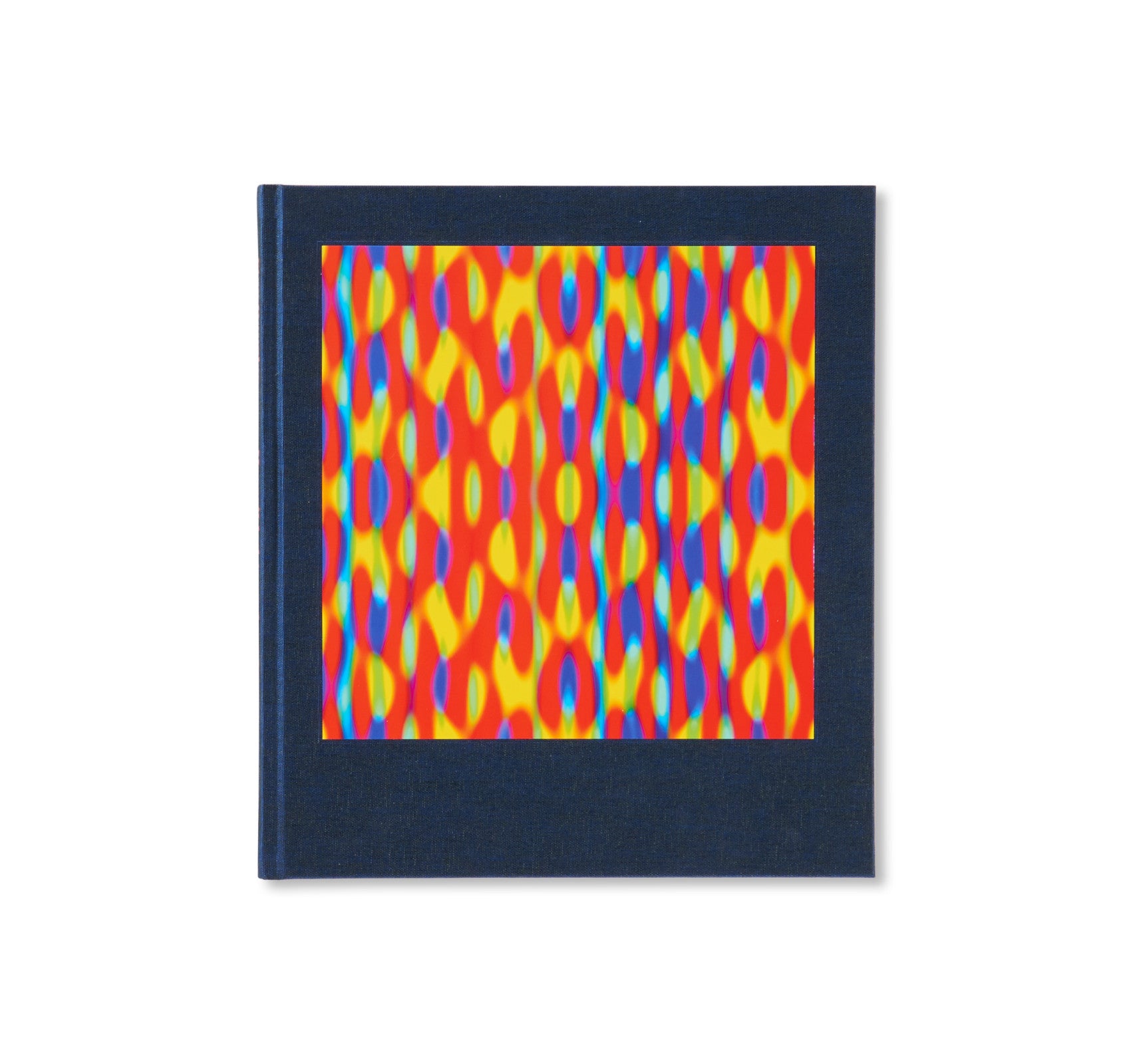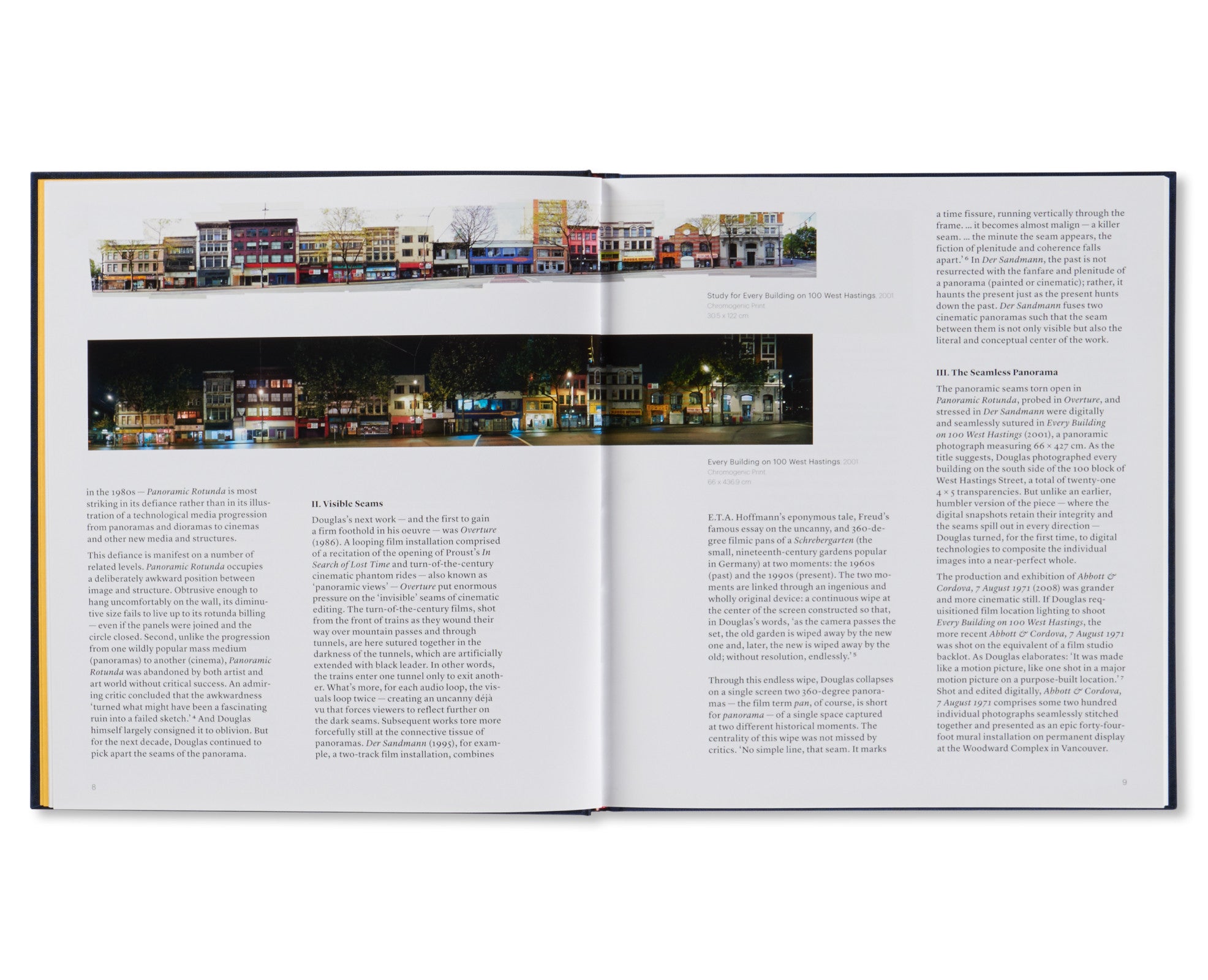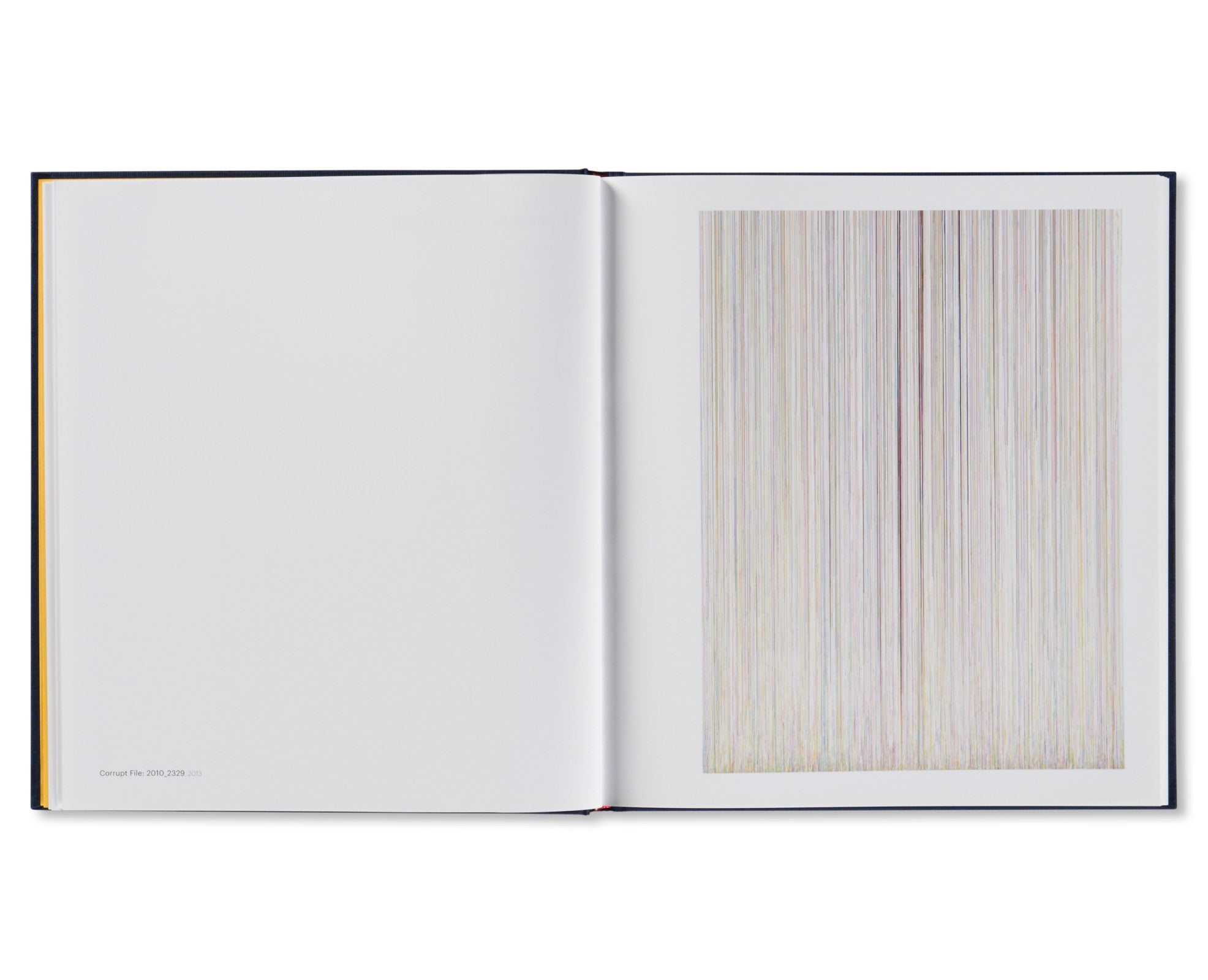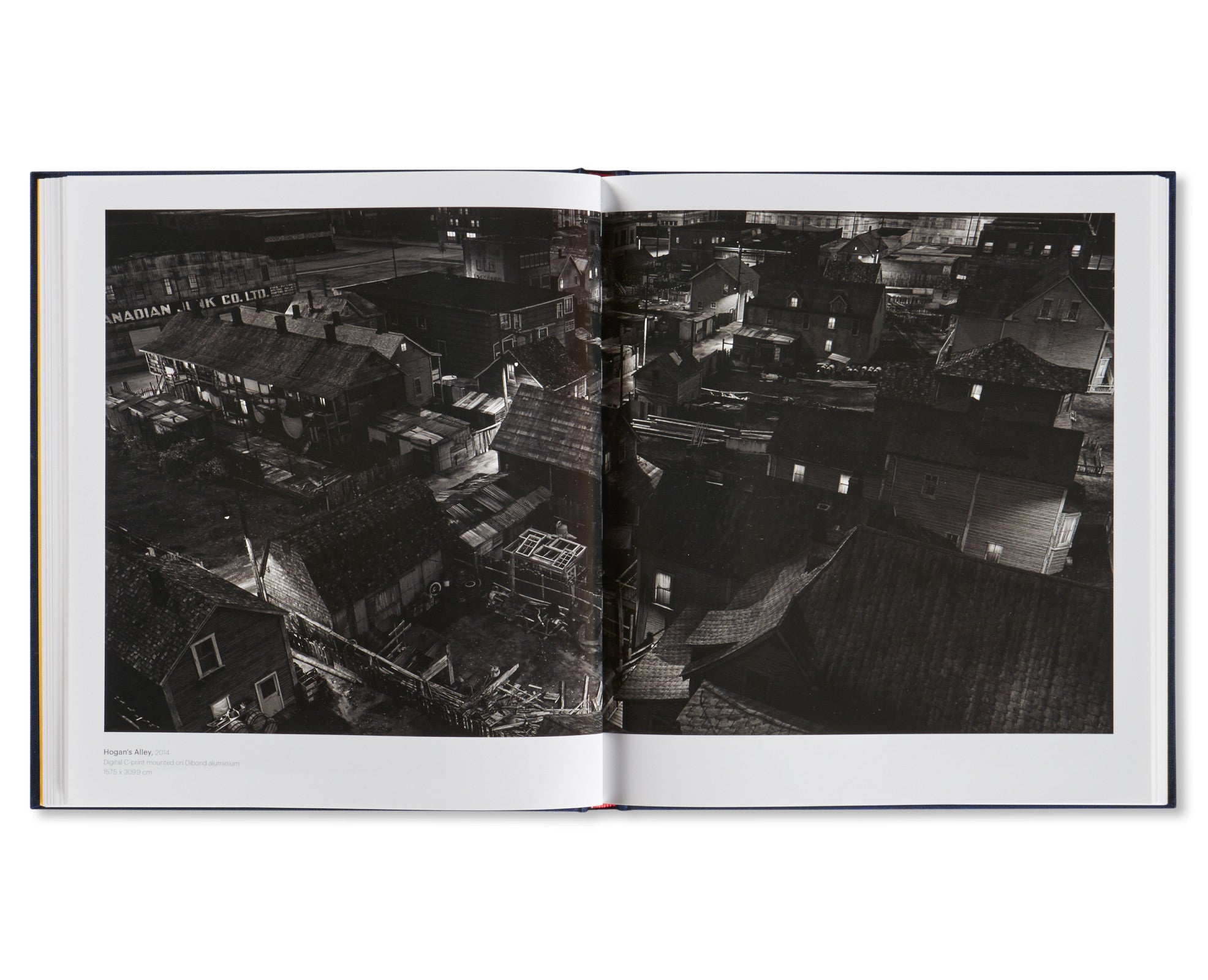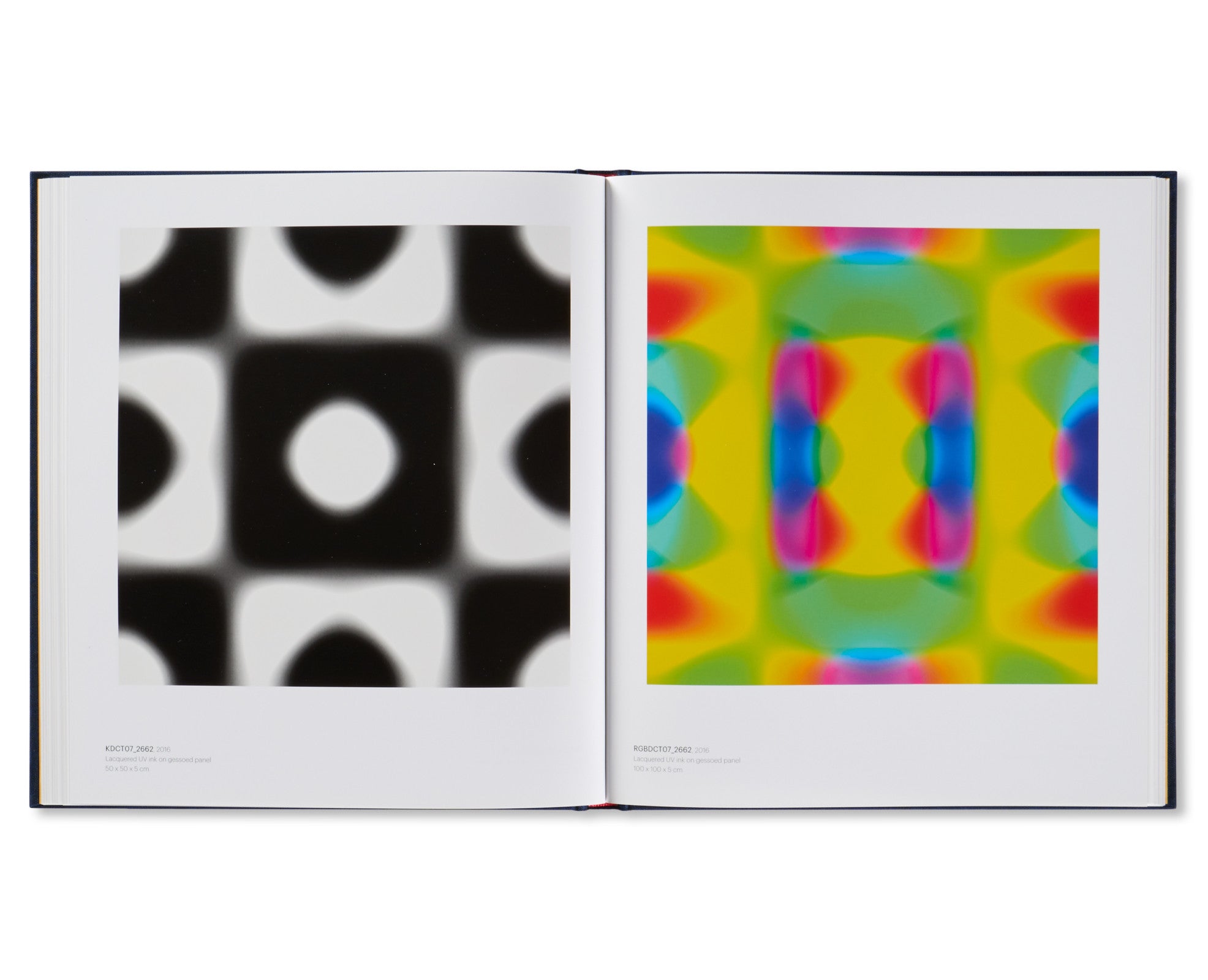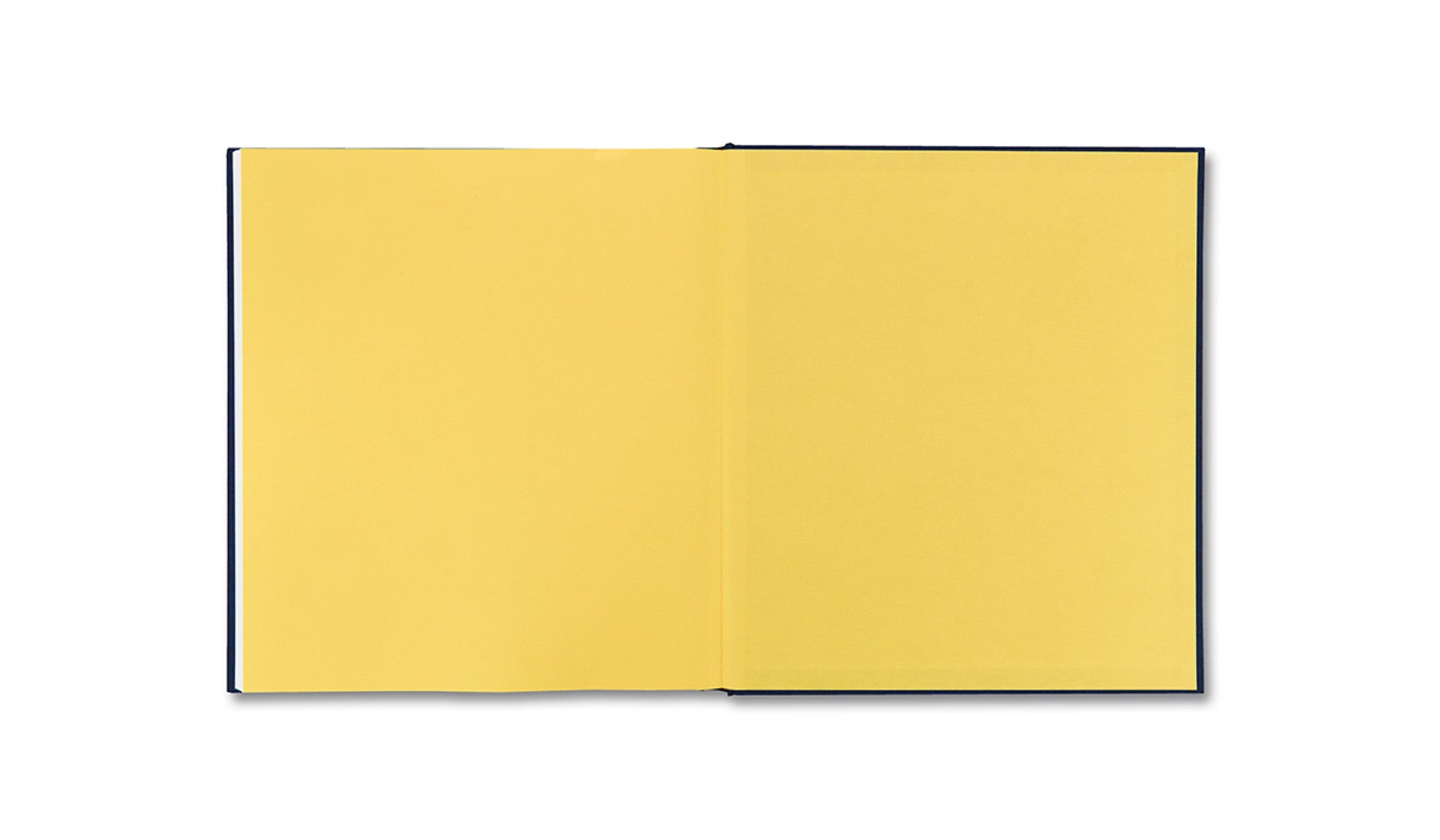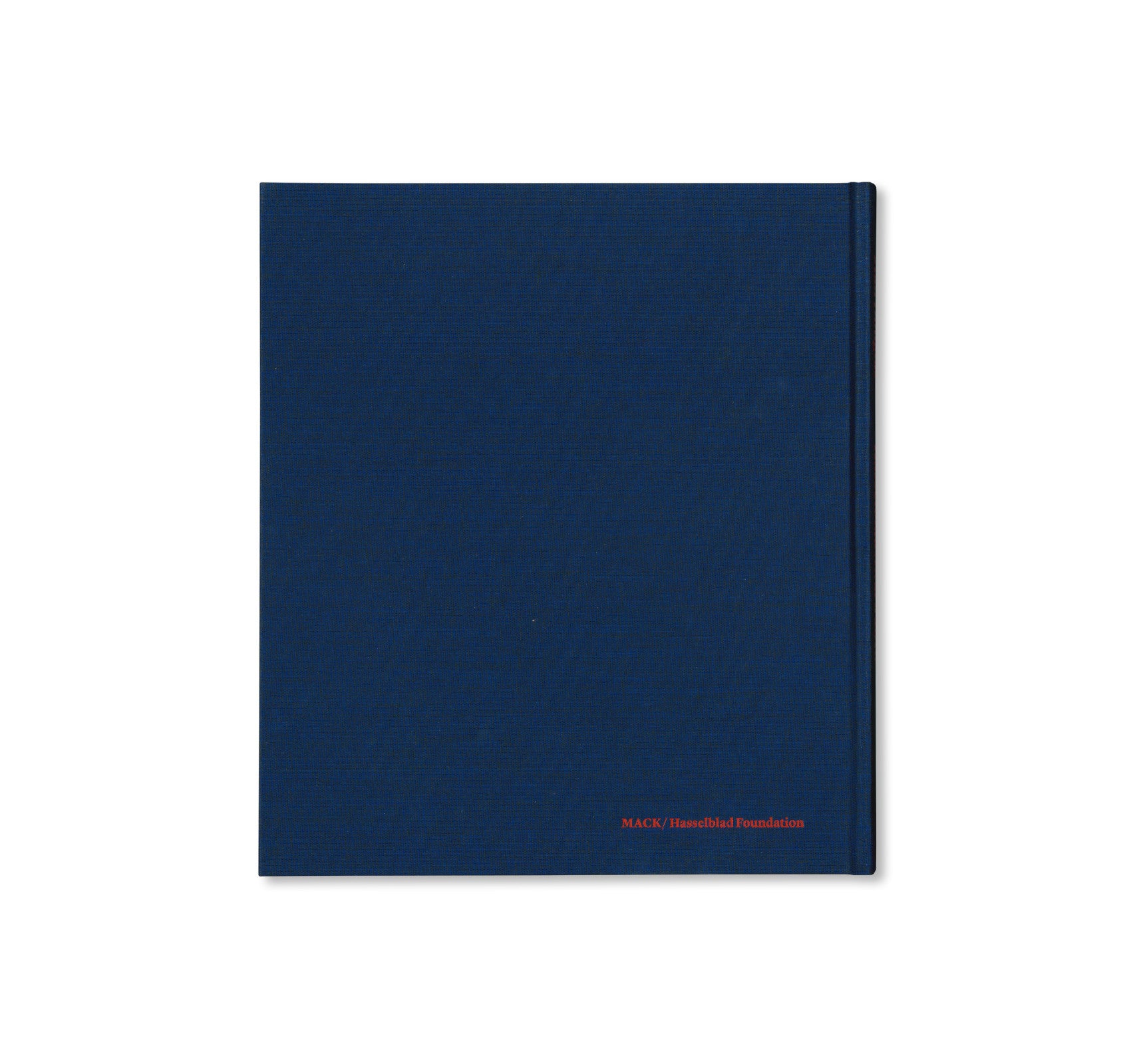HASSELBLAD AWARD 2016 by Stan Douglas
2016年のハッセルブラッド・アワードを受賞したカナダ人アーティスト、スタン・ダグラス(Stan Douglas)による「Night」(2014-15)、「Corrupt Files」(2013)、「DCTs」(2016)の3つの作品シリーズで構成された作品集。ネオ・ミザンセーヌとも呼ぶべく「Night」では、バンクーバー市内を横切る高架橋の夜景が収められる。その高架道路の真下に位置するストラスコーナという地域では、70年代前半に興った高速道路の建設計画による立ち退きを余儀なくされるまで、半世紀以上にもわたり、貧困層であったアフリカ系カナダ人のコミュニティが存在していた。続くイメージでは、コミュニティが存在していた頃の界隈の景色が3Dモデリングソフトによって再構築されたものを収録。ドローンの視点から視た、家屋の屋根や暗闇に浮かぶ窓の灯りはまぎれもなく人の住む空間として写されるが、その風景に生身の人の姿は見当たらない。本作では、現実と仮想、記憶の境界をあいまいにしながら、歴史の影の部分として多くを語られることがなかった人々の記憶を具体的な形に落とし込む。あらゆる色が無数に連なる縞模様で画面を構成する「Corrupted Files」は、作家の前作である「Disco Angola」や「Midcentury Studio」の製作過程で壊れてしまったデータの蓄積である。その損傷(Corrupted)によって、元々データに記録されていたイメージとは無関係の抽象表現が立ち広がる。 データの損傷により自然発生的に生まれた「Corrupted Files」に対し「DCTs」では、JPEG形式のエンコーディングを反転させる専用のソフトウェアを制作し、写真を撮るという行為に代わりプログラミングコードを「書く」ことでイメージを作り出している。「Night」シリーズがもつナレーショナルな側面や「Corrupted Files」、「DCTs」シリーズによる抽象表現など、本作はメディアとしての写真のあらゆる可能性を探る一方で、それぞれのシリーズでコンピュータ・ソフトウェアを駆使しながら人間と機械の記憶 / 記録の関係性を紐解くことを試みている。MoMA写真部門のシニア・キュレーターを勤めるRoxana Marcociと作者による対談の他、コロンビア大学准教授のNoam M. Elcottによる解説を収録。
“Often people confuse photography with human vision but they’re very different things”, says Stan Douglas, winner of the 2016 Hasselblad Foundation International Award in Photography. “[What] happens to our sense of our selves, our sense of time when so much of our knowledge about the world comes through these mechanical media, these inhuman media?” Attending to such questions, The Hasselblad Award 2016, which presents three series entitled Night (2014–15), Corrupt Files (2013) and DCTs (2016), accompanied by two texts, offer intricate meditations on the function, construction and consumption of contemporary forms of photography. From HD cinematic images to abstract manifestations of data, each series probes the relationship between human and mechanical memory, each employing a particular synthetic process supported, if not entirely constructed, by computer software. In one of the neo-noir mise-en-scènes of Night, two single vehicles drive through the darkness over Vancouver’s Georgia Viaduct, their headlights glowing like the road lamps punctuating the panorama. Underneath the flyover in the southwestern corner of Strathcona, lived a predominantly African Canadian community for the better half of the 20th century, until the area was bulldozed in the early 70s to make way for the so-called inner-city freeway. Using 3D modelling software, Douglas reconstructs the neighbourhood from the vantage point of a drone: in Hogan’s Alley (2014) we see multiple rooftops and luminous windows – an inhabited environment with no people in sight. Clouding the lines between real, imagined and remembered, the series attends to the shadows of history as it materialises the memory of a marginalised community. Contrary to Night, Corrupt Files and DCTs radically depart from the realm of representation. Corrupt Files is a collection of digital images composed of densely packed multi-coloured streaks – each streak vying for our attention. Douglas built the series from files that were corrupted in the process of shooting his well-known projects Disco Angola and Midcentury Studio. DCTs, on the other hand, emerged from a rigorous attempt to ‘write’ images using tailor-made software that reverse engineers what happens in a JPEG encoding, producing hypnotic shapes and colours. In his interview with Roxana Marcoci published in the book, the artist places the series in the context of his recent photographic works. Noam M. Elcott’s thorough, art historical analysis of Douglas’ approaches to photography, further offers an illuminating reading of the artist’s practice. Pushing the limits of what we know and understand to be photography, the Hasselblad Foundation recognises Douglas as an artist who has made pioneering achievements in photographic art.
